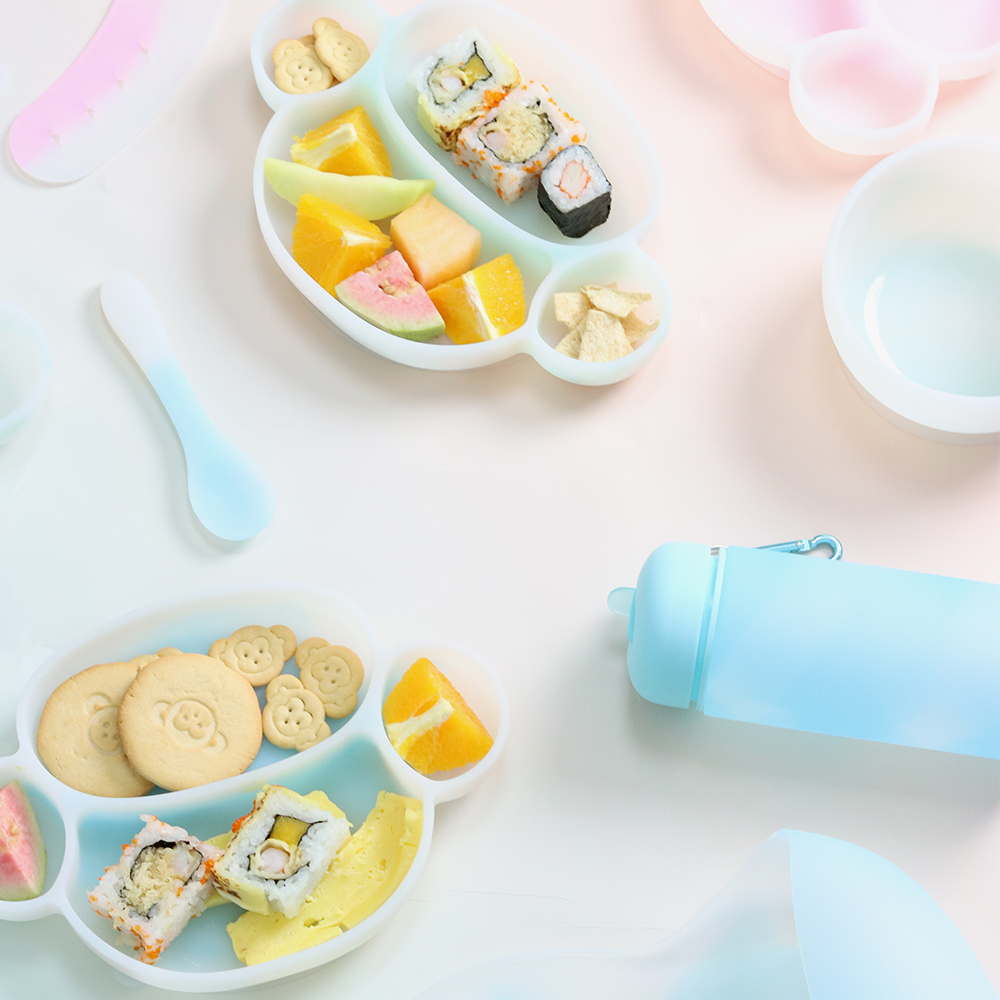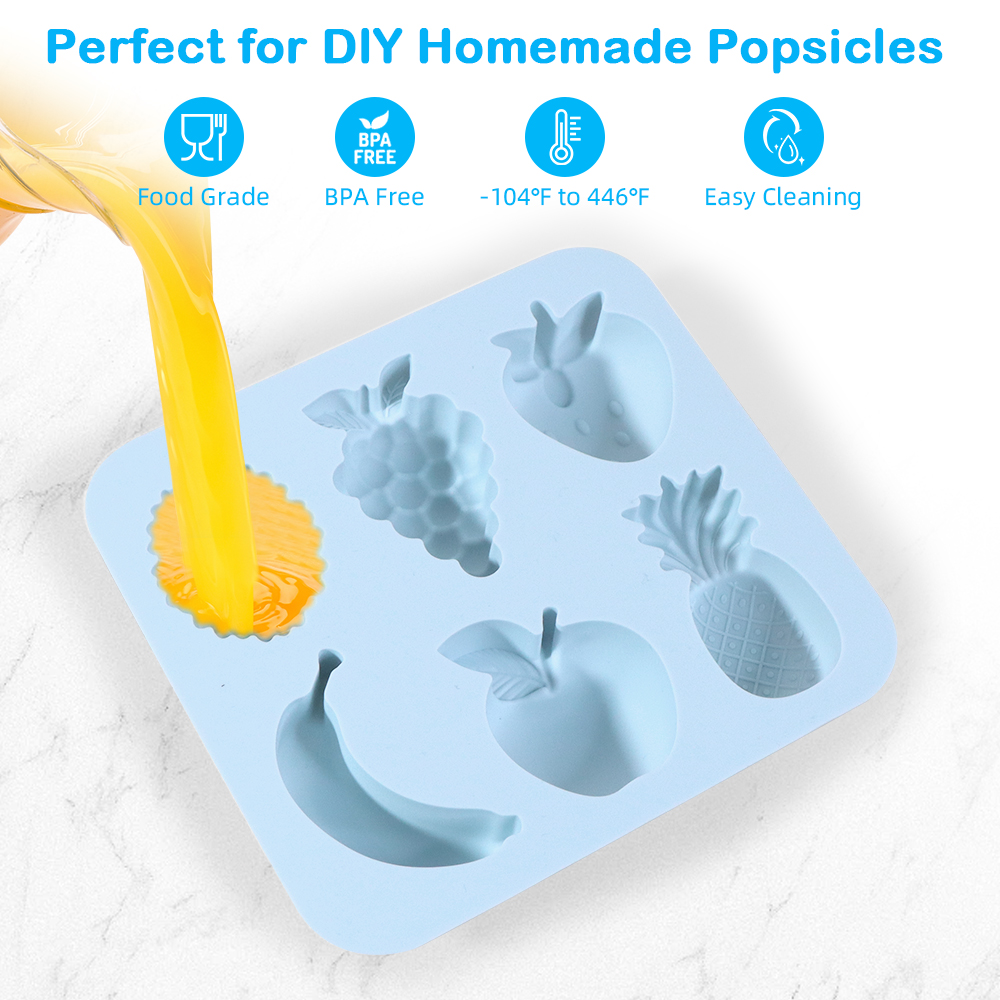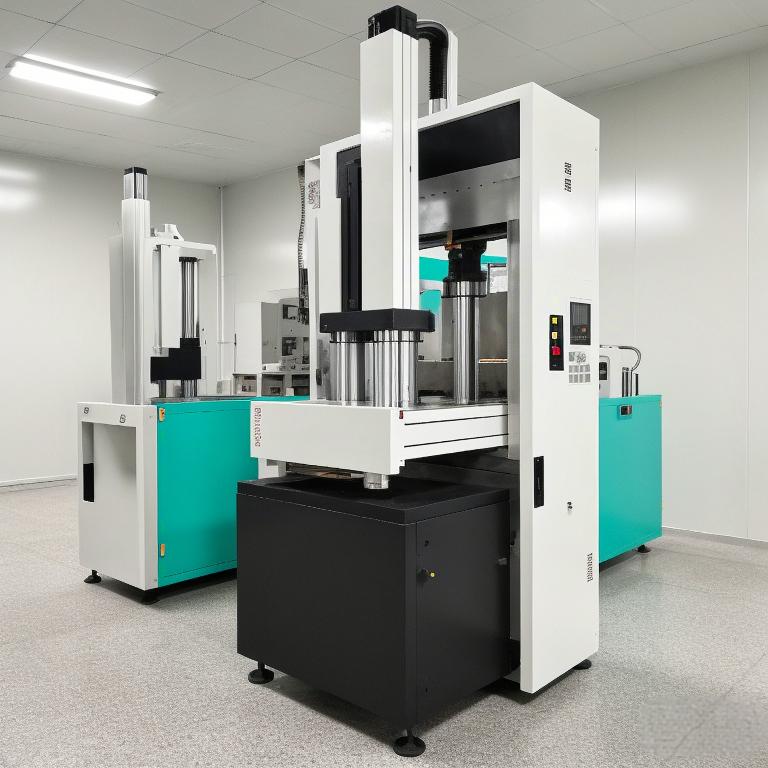콘텐츠
Silicone bags have gained widespread popularity as a more sustainable alternative to single-use plastic bags. With their numerous advantages, such as being BPA-free, durable, and versatile, they make a smart addition to any eco-friendly lifestyle. However, as more people turn to silicone bags for food storage and everyday use, an important question arises: Are silicone bags biodegradable?
In this article, we’ll explore the environmental impact of silicone bags, discuss their benefits, and highlight their potential as an eco-friendly storage solution.
What Are Silicone Bags Made Of?
Silicone bags are typically made from 100% pure silicone, which is a synthetic polymer made from silica (found in sand) and oxygen. These bags are free from harmful chemicals like BPA, lead, PVC, latex, and phthalates, making them a much safer and healthier choice than plastic alternatives. Silicone is known for its durability, heat resistance, and flexibility, which are why it’s used in products ranging from bakeware to medical devices.
Are Silicone Bags Biodegradable?
No, silicone bags are not biodegradable. While silicone itself is a more environmentally friendly option than plastic, it does not decompose naturally in the environment like organic materials do. Silicone is highly durable and can last for many years, but this characteristic also means that it doesn’t break down quickly. Unlike organic materials such as food scraps or plant-based substances, silicone does not degrade into harmless components and can remain in landfills for centuries.
However, the fact that silicone bags can be reused over and over again significantly reduces the overall waste they contribute. In comparison to single-use plastic bags, which are often discarded after one use and contribute to landfill overflow, silicone bags are much more sustainable due to their reusability.
Why Choose Silicone Bags?
Although silicone bags are not biodegradable, they still offer several environmental benefits that make them a superior choice over disposable plastic bags:
Durability and Reusability:
Silicone bags are incredibly durable, which means they can be used for many years without the need for replacement. Unlike plastic bags that tear and degrade over time, silicone bags remain intact, making them a cost-effective and eco-friendly option. They can be used for storing food, snacks, and even cosmetics, and can easily withstand freezing and microwaving.Free of Harmful Chemicals:
Silicone bags are free from BPA, phthalates, and other harmful substances commonly found in plastic. This makes them a safe choice for food storage, as they will not leach chemicals into your food like plastic containers or bags may.Versatility:
Silicone food bags are incredibly versatile. They come in three different sizes, so they can be used for a variety of purposes, such as storing leftovers, meal prep, or packing snacks. They can also be used for non-food items, like cosmetic storage or organizing office supplies.Space-Saving Design:
Silicone bags are compact, flexible, and can be folded up when not in use, making them easy to store in small spaces. Their stand-up design allows for easy storage of liquids such as soup or juices, and you can “burp” the bags to remove excess air, which helps preserve food longer.Dishwasher and Microwave Safe:
One of the greatest benefits of silicone bags is their ease of use. They are dishwasher safe (even on the bottom rack), freezer-safe, and microwave-safe. This makes them ideal for a wide range of storage and heating needs. You can even boil them with food inside, making meal prep a breeze.

Silicone food bag
How to Use Silicone Bags
Silicone food bags can be used in various ways to store and organize different items. Here are some common uses:
Food Storage: Ideal for storing leftovers, fruits, vegetables, or meal prep. You can also use them for snacks, sandwiches, or even soups and liquids.
Freezer Bags: Silicone bags are perfect for freezing meals, as they can withstand extremely low temperatures without cracking or degrading.
Lunch Bags: Pack your lunch in a silicone bag for an eco-friendly, durable, and easy-to-carry option.
Cosmetic Bags: Store cosmetics, toiletries, or skincare products in a silicone bag for added convenience and durability.
Travel Storage: Use silicone bags to store your travel essentials, like toiletries, snacks, or chargers, as they are compact and easy to carry.
Why Choose Jewelives’s Silicone Food Bags?
에서 Jewelives, we specialize in high-quality, durable silicone products, including our premium silicone food storage bags. Our bags are made from 100% pure silicone, ensuring they are BPA-free, lead-free, and free from other harmful chemicals, making them safe for both you and the environment.
Our silicone bags come in three different sizes, perfect for storing a wide variety of foods. They feature a zip-lock seal for easy use, ensuring that your food stays fresh without the need for lids. The soft, elastic nature of the silicone allows the bags to stand upright, making them ideal for liquids like soups or juices.
These bags are also dishwasher, freezer, and microwave safe, making them incredibly convenient for busy lifestyles. Whether you’re prepping meals in advance, storing leftovers, or taking snacks on the go, our silicone bags offer a space-saving solution that is both durable and reusable.
If you’re looking to make a sustainable switch from disposable plastic bags, our silicone food storage bags are the perfect choice. Contact us today to learn more about how Jewelives’s high-quality silicone products can help reduce waste in your kitchen and beyond.





